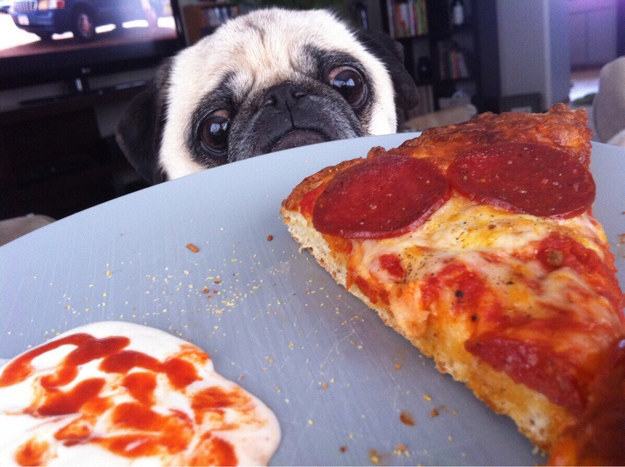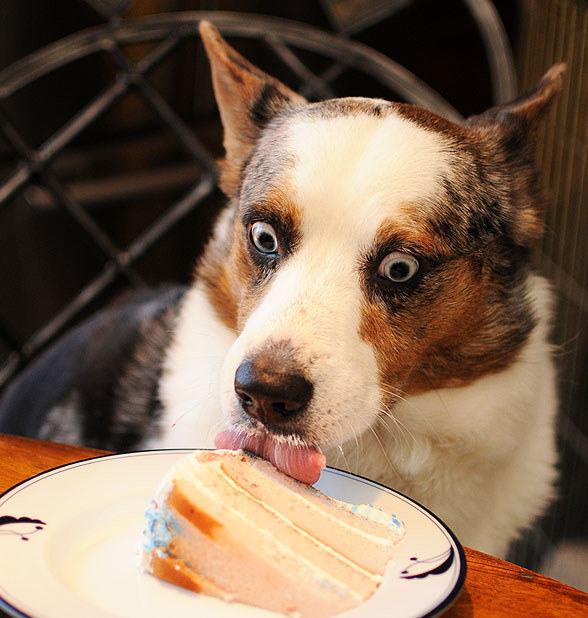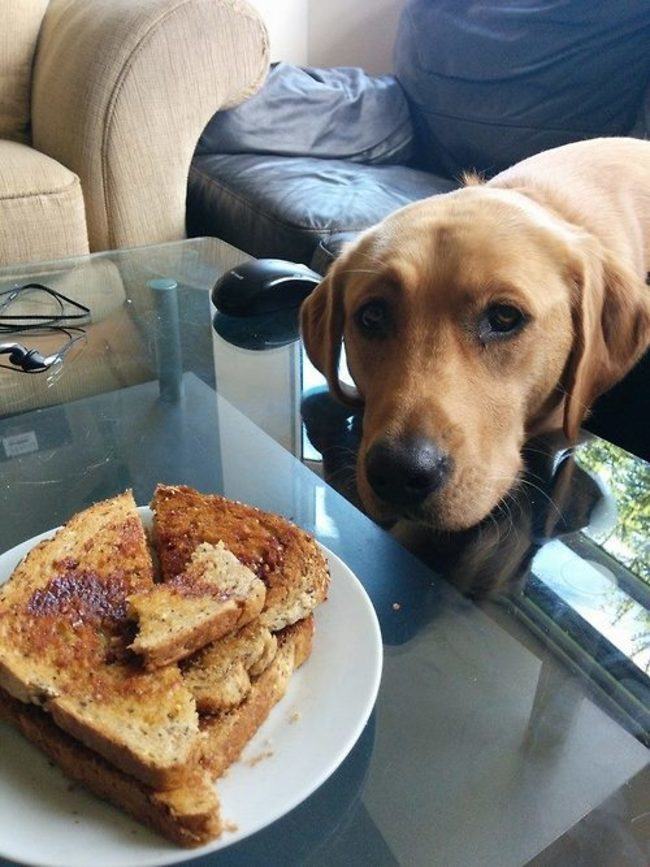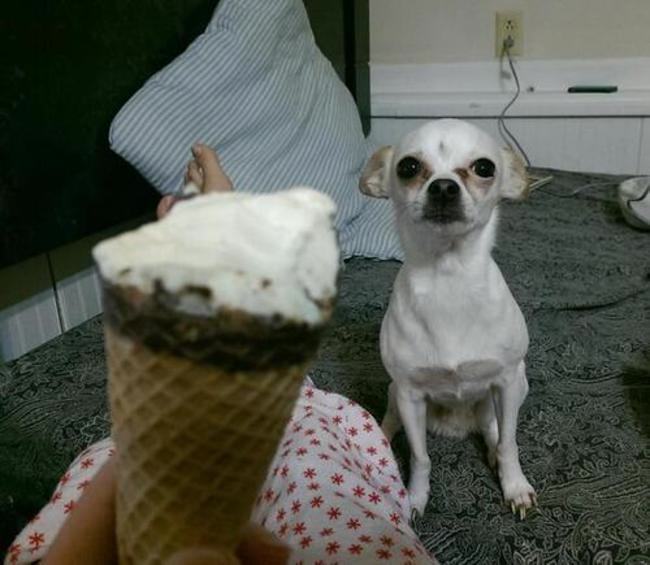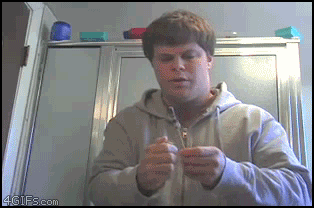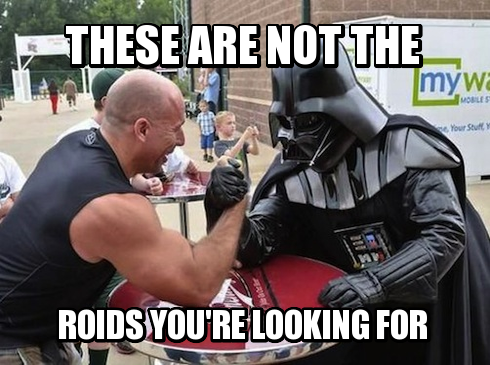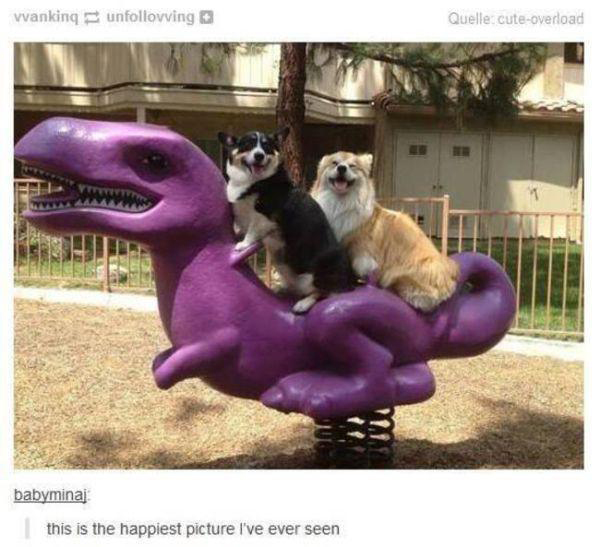Each "Rick and Morty" episode centers on a different Rick and Morty.

It's been established on the series that there are multiple Ricks and Mortys from infinite parallel universes. The fan theory goes that, except where specifically noted, each episode is actually focused on a different set of them.
Zack Morris from "Saved by the Bell" was a delusional loser.

"Saved by the Bell" is a spin-off of a Disney Channel show called "Good Morning, Miss Bliss." It was set in Indiana rather than California and starred many of the same characters including Zack Morris, Screech and Mr. Belding. The big difference was that on GMMB, Zack was quite unpopular, with friends who constantly humiliated him. The working theory on SBTB is that it's actually the delusional fantasy of the sad version of Zack. Yeah, we know, pretty bleak stuff.
"The Simpsons" has been Homer's fantasy since Season 4.

Considering "The Simpsons" is headed into an unprecedented one-millionth season at this point, there are actually quite a few fan theories on the show including why they never age and who actually shot Mr. Burns. But a recent headline-making speculation regarding America's favorite family surmises that ever since the Season 4 episode "So It's Come to This: A Simpsons Clip Show," Homer has been in a coma and has been dreaming the rest of the series. This accounts for why the series' plot lines has gotten zanier and less realistic since then.
"Rugrats" were just a bunch of imaginary dead babies.

We should mention at this point that you're going to see a lot of "it's all in their head" speculation on this list. Don't dwell on it. It's one of the most popular as far as fan theories go. With that out of the way, "Rugrats" is popularly believed to be a figment of Angelica's imagination. Tommy was a stillborn, Chuckie died along with his mother and twins Phil and Lil were aborted and Angelica never knew if the baby was a boy or girl, so she chose both. That's pretty messed up, right? People actually watch cartoons and think of this stuff.
Jessica Fletcher of "Murder, She Wrote" was the real killer.

Taking place in a small Maine town and centering on a professional writer turned amateur detective, the fact that the small fictional town of Cabot Cove had a higher murder rate than Honduras at 1,490 per million proves that something fishier was likely going on than just an elderly widow stumbling upon every murder in town each week by complete chance.
"Scooby Doo, Where Are You?" was set during a post-economic depression.

This would explain why everyone who turns out to be the bad guy is generally of a respected social position, having fallen on hard times and willing to do anything to stay afloat.
"The Walking Dead" Seasons 1 through 3 are "Toy Story" 1 through 3.

We simply don't have room to get into all the fine details here, but please check out this very convincing video which collects all the subtle similarities between these two tales of a sheriff and his boy.
Dr. Claw was Inspector Gadget.

Well, sort of. Many fans say that Dr. Claw was originally the true Inspector Gadget, but when he was believed to be killed, he was replaced by a robot clone (the Inspector Gadget of the entire series). When the real Inspector turned out not to be dead, he snapped, vowing vengeance on the imposter.
"Gilligan's Island" is Hell.

That's right. And each cast member represents one of the Seven Deadly Sins: Ginger is lust, The Skipper pulls double duty with his gluttony and wrath, Mr. Howell is clearly greedy, with his wife representing sloth, Mary Ann envies Ginger, and The Professor radiates pride. In case you lost count, that makes the guy in the red shirt and bucket hat Satan himself.
"SpongeBob SquarePants" and crew are a bunch of mutants.

Speaking of shows with characters many have concluded represent the Seven Deadly Sins, there is an even crazier theory on "SpongeBob SquarePants" than that. It states that Bikini Bottom sits underneath Bikini Atoll, which was the site of a bunch of nuclear testing between 1946 and 1958. Hey, we'll take this over what some say SpongeBob actually represents.
The Count rules "Sesame Street" and feeds on the innocent.

If you really feel like ruining your childhood, perhaps this theory is right up your alley (even though it's completely ludicrous). The fact that the same children never appear in more than a few episodes but the adults rarely change has lead some to jump to the conclusion that the very out of place Count von Count has made the adults his slaves while he feasts on the blood of the young residents of "Sesame Street," keeping him youthful and vibrant forever. See, we told you it was stupid.
"The Flintstones" and "The Jetsons" take place during the same time period.

"...A page right out of history" our asses. It's far more likely that those in "The Jetsons" quadrant of space are the higher class members of a future society which has left those unwilling to adapt to modern technology (Bedrock) below, right? Essentially, it's the movie "Elysium" made over 50 years ago. Makes total sense.
"Doogie Howser, M.D." grew up to be "House M.D."

You can't argue that their names are similar. But that's about all this fan theory has to go on.
Similarly, the children from "The Magic School Bus" grew up to be The Planeteers from "Captain Planet."

Again, this one pretty much speaks for itself.
Most TV shows exist inside the '80s medical drama "St. Elsewhere."

Something to that effect, at least. "St. Elsewhere" came to an end in 1988 with a series finale which seriously pissed off fans. It suggested that the entire show was created inside the mind of Tommy Westphall, a young autistic character. Backers of "The "Tommy Westphall Universe Hypothesis" take this concept a step further by linking any series that ever had a direct or indirect crossover with "St. Elsewhere" to a shared universe. Which means that 375 shows and counting including "Breaking Bad," "Dr. Who" and "Seinfeld" only exist inside young Tommy's head, as well. Trippy.















